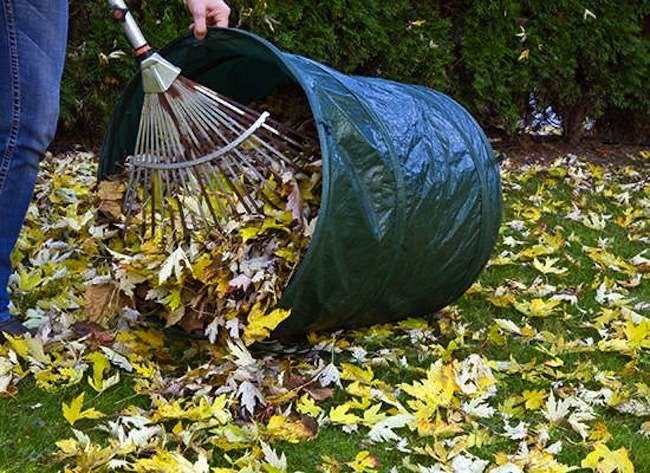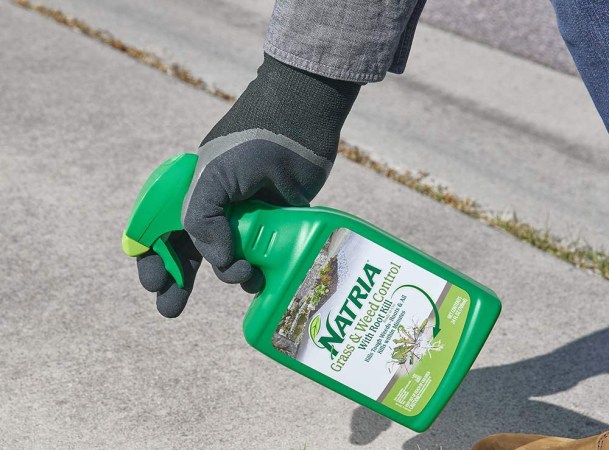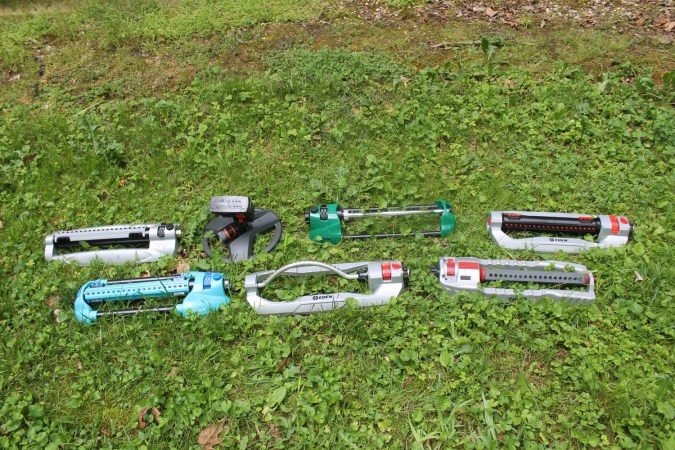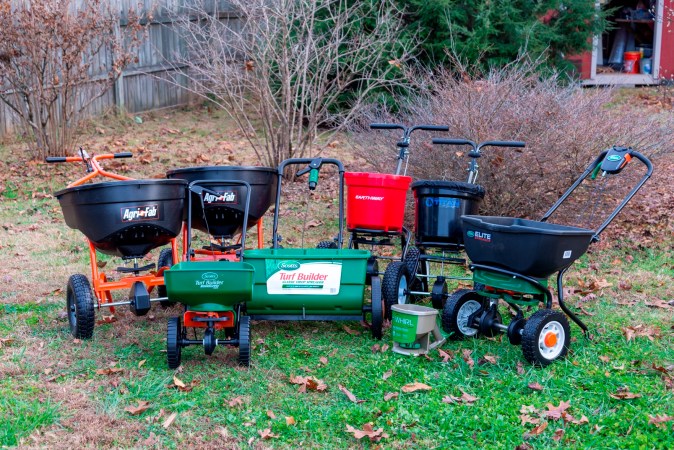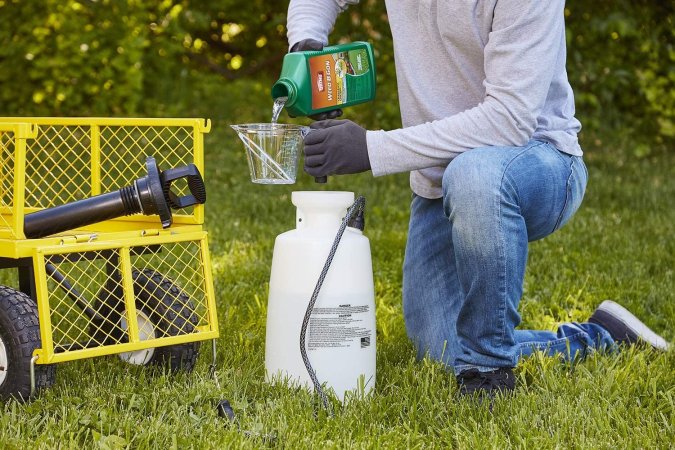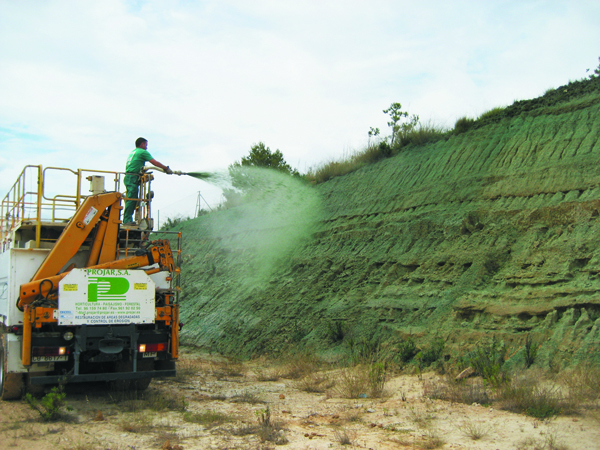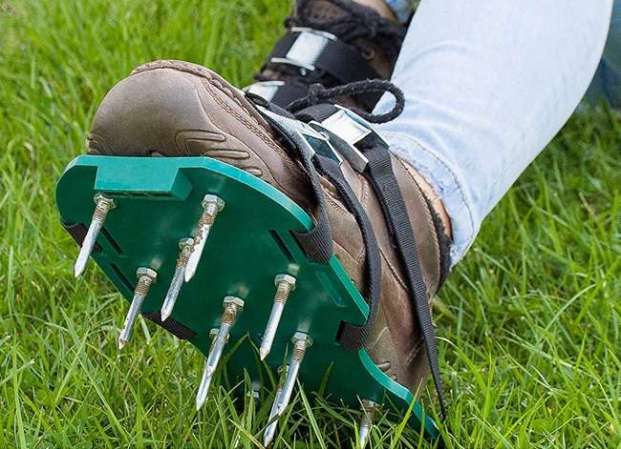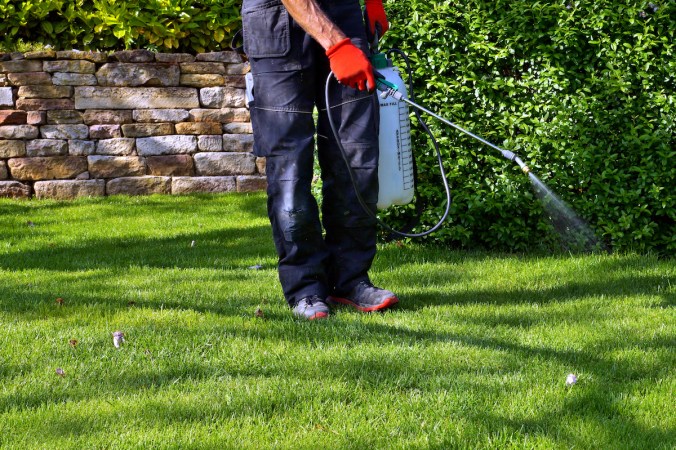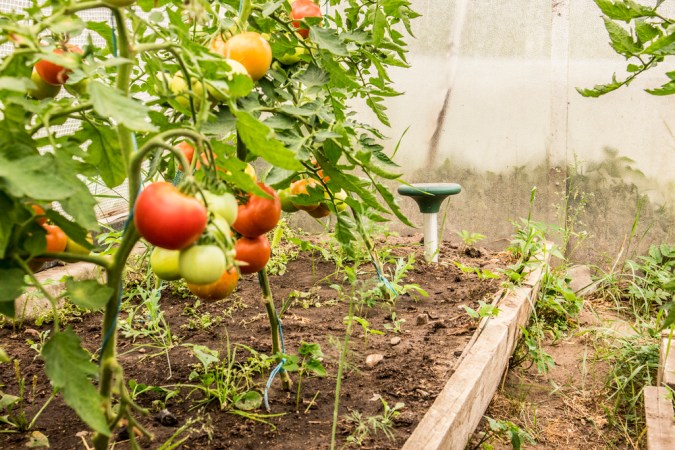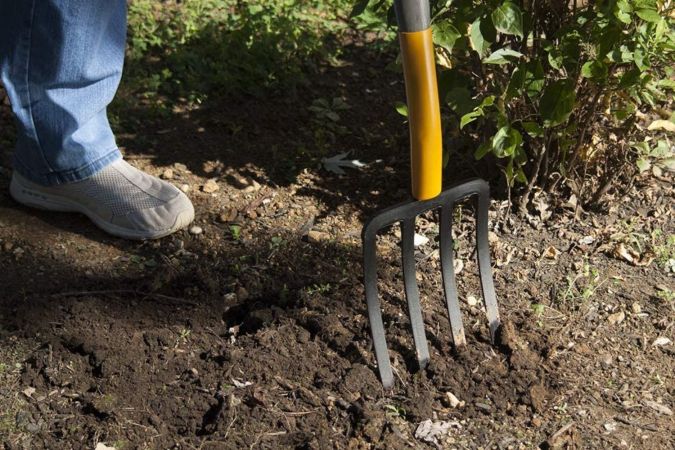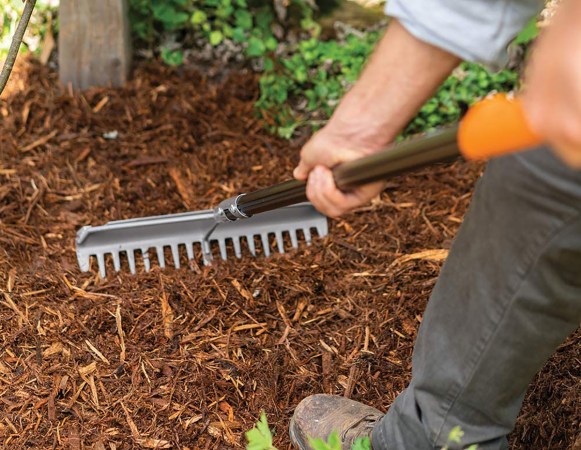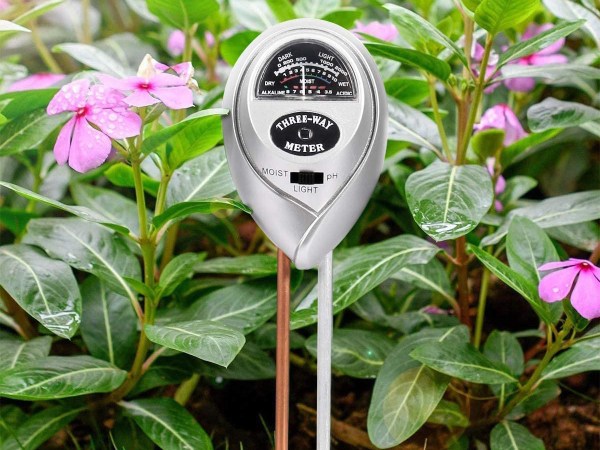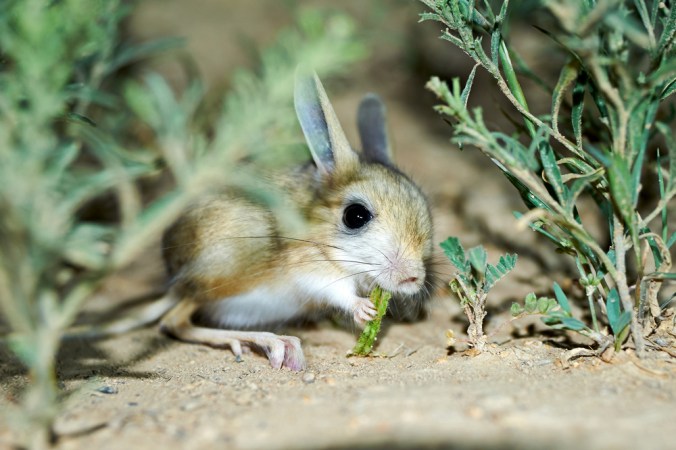We may earn revenue from the products available on this page and participate in affiliate programs. Learn More ›
Check pH Levels
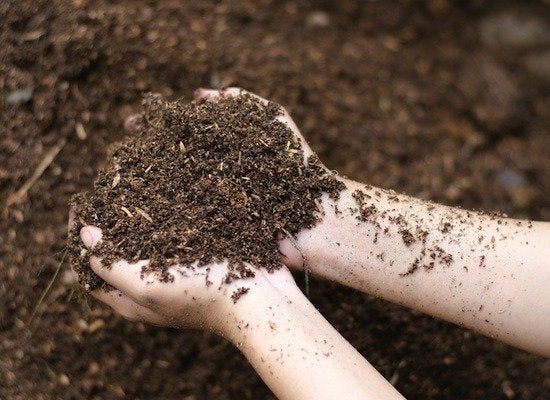
Before you start winter prep work, test the pH levels of your soil. A neutral pH level is key to a healthy lawn, otherwise your lawn can thin out over time. Treat acidic patches with lime products; areas that are too alkaline can be corrected with sulfur treatment.
Remove Weeds

When you’re preparing your yard for the harsh winter weather, you want to safeguard only the plants that matter, so jettison those weeds! Because perennial weeds compete for nutrients with the rest of your lawn, it’s important to remove them before the long winter.
Spread Fertilizer
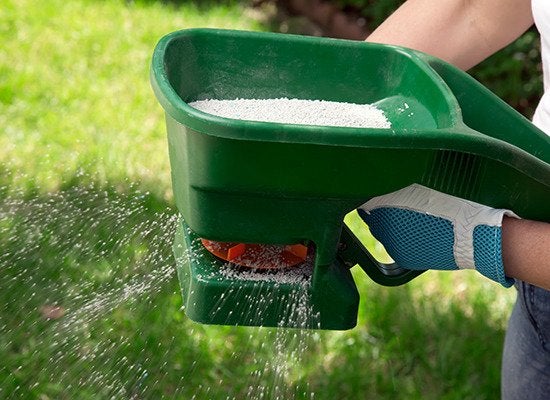
Fertilizers formulated for winterizing lawns have a higher potassium content than their warm-weather counterparts. They’re designed specifically to strengthen plants under stress. Using a spreader, apply the fertilizer evenly over the grass. Beware of overfertilizing, as adding too much can burn the lawn.
Aerate to Refresh the Lawn
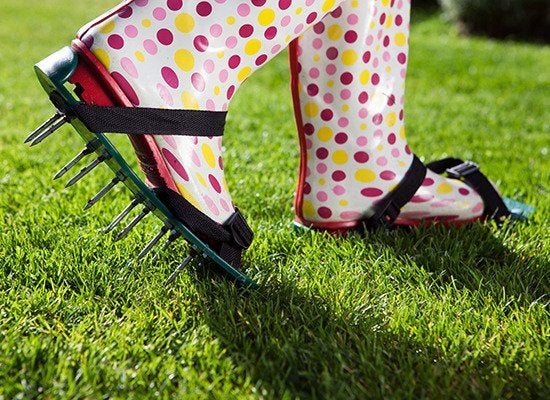
Aerating the lawn allows air, water, and nutrients to reach down to the roots. This is especially important for high-traffic lawns, which can suffer from thatch buildup if left untreated.
Spread Grass Seed
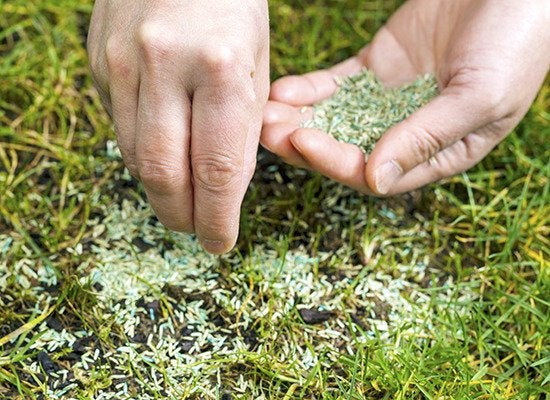
If you live in northern climates, this is the season to spread cool-weather grass seed. The best time to foster new growth is when daytime temperatures are between 60 and 70 degrees Fahrenheit.
Cover Plant Beds
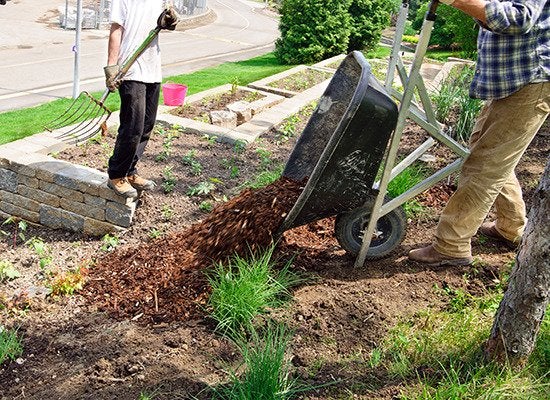
To maintain your flower and vegetable beds in the winter, it is important to insulate the topsoil by adding mulch, planting a cover crop, or covering the bed with burlap. When possible, repot small plants and bring them indoors to survive. Many bulbs need cold weather in order to bloom in the spring, but tender bulbs like calla lilies may need to overwinter indoors.
Continue to Remove Debris
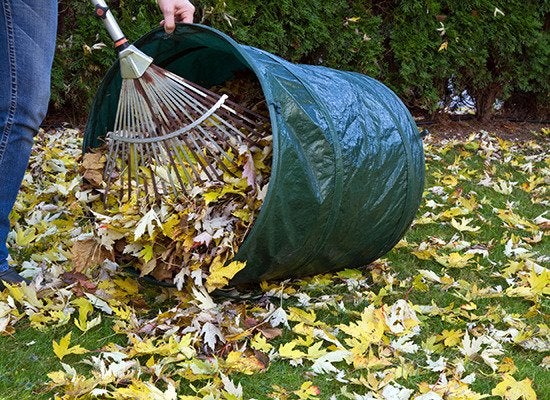
Leaf removal isn’t the most glamorous of fall tasks, but it’s certainly necessary for your lawn’s health. Raking will also help to remove thatch, the layer of dead grass on top of the lawn, which can prevent water and nutrients from reaching the roots.
Get Winter Ready

Be sure to put everything to bed outdoors, before you settle indoors for the winter.
